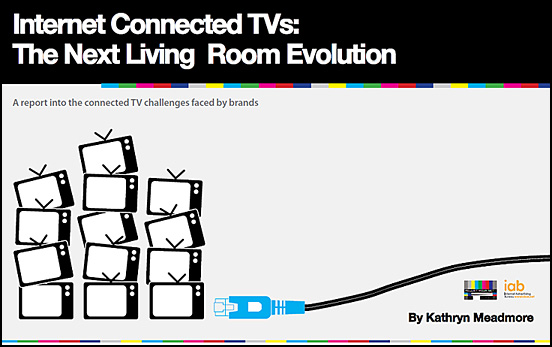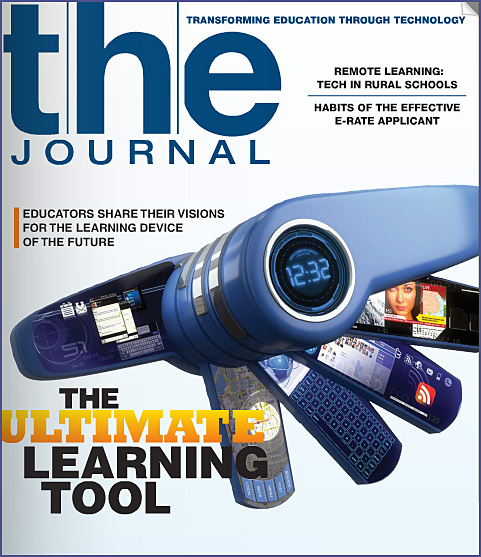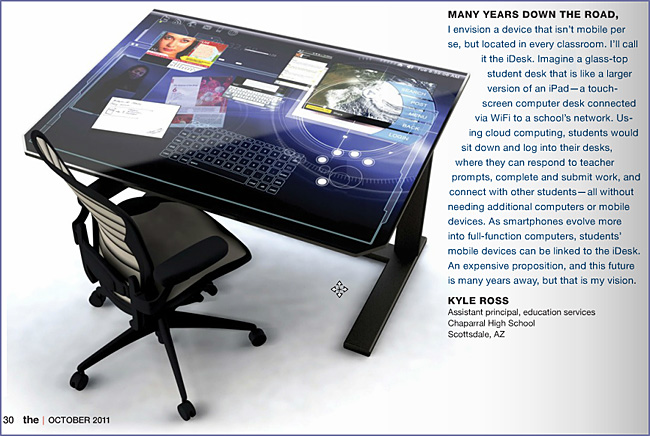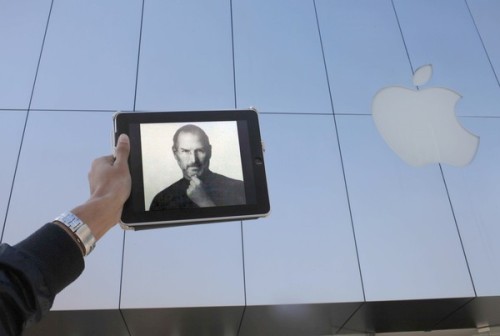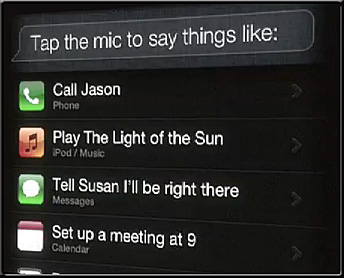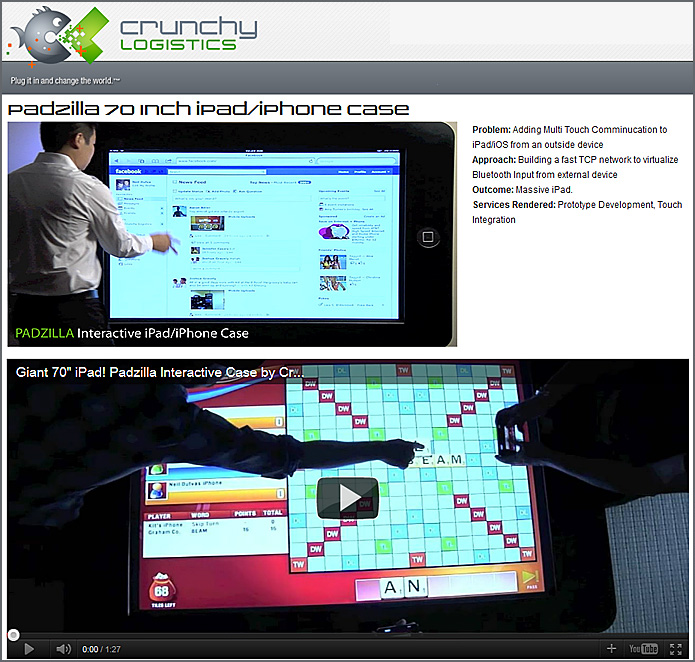
First Monday, Volume 16, Number 9 – 5 September 2011
Abstract
News is increasingly being produced and consumed online, supplanting print and broadcast to represent nearly half of the news monitored across the world today by Western intelligence agencies. Recent literature has suggested that computational analysis of large text archives can yield novel insights to the functioning of society, including predicting future economic events (emphasis DSC). Applying tone and geographic analysis to a 30–year worldwide news archive, global news tone is found to have forecasted the revolutions in Tunisia, Egypt, and Libya, including the removal of Egyptian President Mubarak, predicted the stability of Saudi Arabia (at least through May 2011), estimated Osama Bin Laden’s likely hiding place as a 200–kilometer radius in Northern Pakistan that includes Abbotabad, and offered a new look at the world’s cultural affiliations. Along the way, common assertions about the news, such as “news is becoming more negative” and “American news portrays a U.S.–centric view of the world” are found to have merit (emphasis DSC).
Couple items from the Conclusions section
Monitoring first broadcast then print media over the last 70 years, nearly half of the annual output of Western intelligence global news monitoring is now derived from Internet–based news, standing testament to the Web’s disruptive power as a distribution medium (emphasis DSC).
…
While heavily biased and far from complete, the news media captures the only cross–national real–time record of human society available to researchers. The findings of this study suggest that Culturomics, which has thus far focused on the digested history of books, can yield intriguing new understandings of human society when applied to the real–time data of news. From forecasting impending conflict to offering insights on the locations of wanted fugitives, applying data mining approaches to the vast historical archive of the news media offers promise of new approaches to measuring and understanding human society on a global scale.
I originally saw this piece at the Futurist Update, from October 2011










